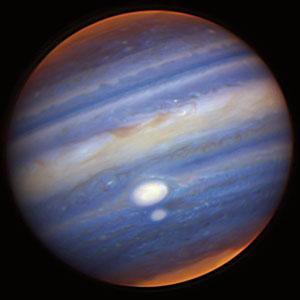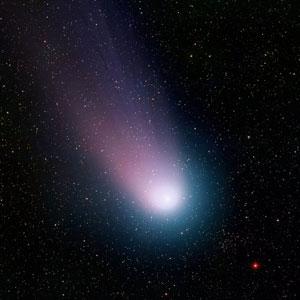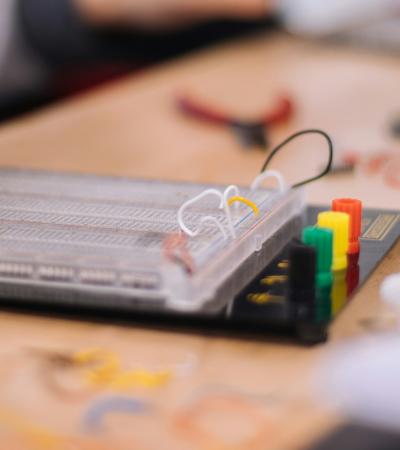
Greetings from the NASA Astrobiology Institute! To celebrate NASA’s Year of the Solar System, we have put together a collection of high-resolution images to showcase the excitement of planetary exploration—our journey to understand the origin and evolution of the solar system and our search for life elsewhere.
Called From Earth to the Solar System (FETTSS), the collection features images that are freely available to organizations worldwide to use to create their own FETTSS exhibitions. The high-resolution images and captions can be downloaded for free, and printed and displayed in a format and location of your choosing.
We encourage exhibitors to consider some important points as they plan their exhibits. FETTSS is a grassroots project—NASA isn’t providing funds for organizations to mount exhibits. Libraries must fund the exhibitions themselves, which may be a concern. What local businesses or organizations could help support an exhibit? What incentives could you offer to attract their support? Funding issues may also bear directly on deciding how many images to exhibit. Which images to exhibit is entirely your decision, but we are available via email to consult on thematic threads and help brainstorm ideas.
We also encourage the development of new programming to supplement and highlight your exhibit, and recommend collaboration with local organizations. Amateur astronomers can be great partners, and NASA helps coordinate a consortium of clubs called the Night Sky Network; there may be a club in your area. If there is a college or university nearby, faculty and students could give public talks to tell some of the stories the images and captions convey. What about local schools that have science fairs? Taking advantage of local festivities is also a great idea. Are there food and wine festivals, cultural events, fairs, or other civic occasions happening that you could collaborate with? What other local partners might you engage? The sky’s the limit!

If you’re interested in offering hands-on activities for students along with the exhibit, there are many resources available to you:
• FETTSS features snapshots of field locations here on Earth where astrobiologists are engaged in hands-on research exploring the origins, extremes, and limits of life. From a river of acid in Spain, to rock outcrops in Western Australia, to boiling springs in Yellowstone National Park, these sites are crucibles of discovery that inform and shape how we explore, both within our Solar System and beyond. The NASA Astrobiology Institute has collated resources in astrobiology education that can be used to support programming around the exhibit.
• FETTSS also celebrates NASA’s Year of the Solar System! Spanning a Martian year—twenty-three months—it’s a time of unprecedented activity in Solar System exploration ending in late 2012. NASA’s missions during this time are diverse: EPOXI and Stardust NExT encounter their comets, Dawn arrives at the asteroid Vesta, MESSENGER begins circling Mercury, Juno departs for Jupiter, Mars Science Laboratory journeys to the surface of Mars, and GRAIL orbits the Moon.
• The targets of most of these missions are represented in the collection, and there are lessons for students associated with each one. You can visit each mission’s website for ideas. Also, NASA has coordinated a thematic approach to the Year of the Solar System, and hands-on activities and resources have been collected to explore certain topics that relate to the mission’s milestones, such as ice, volcanism, impacts, gravity, moons and rings, and water.
We hope you’ll consider hosting an exhibit … please contact us to get started.



